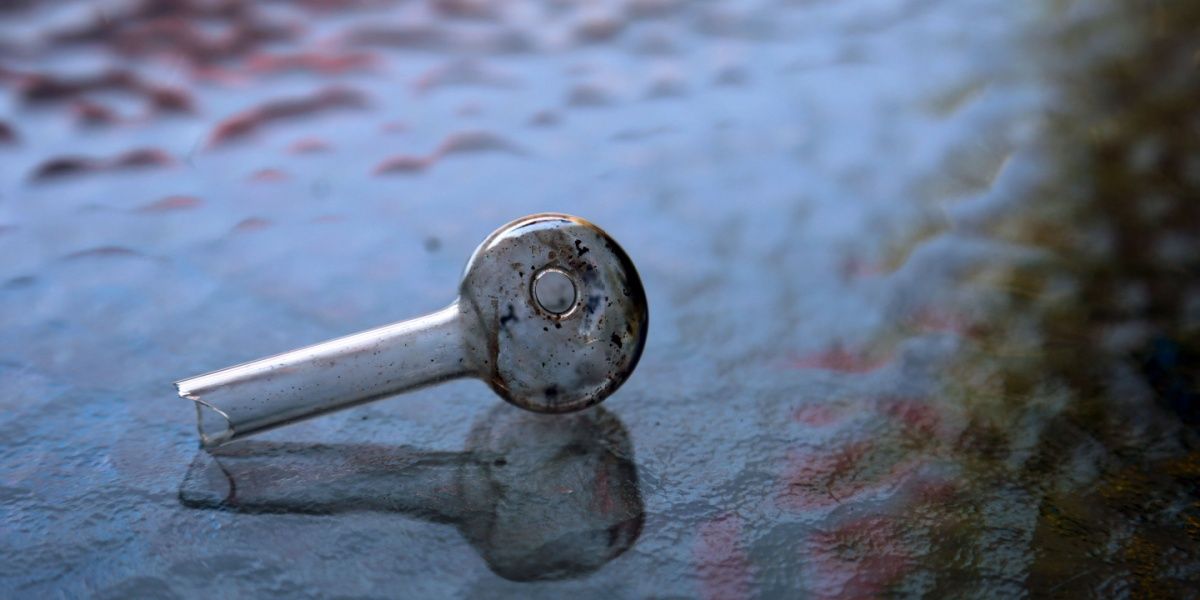Methamphetamine, commonly called meth or crystal meth, is a central nervous system stimulant that holds a high potential for dependence and addiction. Meth comes in many forms with varying appearances, odors, and tastes.
- Meth powder has been reported to come in many colors including white powder (the most common), blue, yellow, orange, pink, and gray.
- Crystal meth is often manufactured in a meth lab and resembles small rocks or glass that is semi-translucent and whitish-blue in color.
- Meth is often described as tasting how it smells; like powerful chemicals that are bitter and unpleasant.
.jpg?v=1722502261)
What does meth look like?
Meth comes in many forms with different methods of administration, making it harder to identify at first glance. This drug can be found in the form of powder, liquid, rocks, or pills, and it can be snorted, smoked, injected, or orally ingested.
What powder meth looks like
Powdered meth is one of the more common varieties of the illegal drug and resembles tiny crystals (crystalline powder) that are intended to be snorted. These crystals can also be vaporized and inhaled in a process known as hot railing.
Meth powder has been reported to come in many colors including white powder (the most common), blue, yellow, orange, pink, and gray.
What base meth looks like
Base meth is one of the least common forms the drug is found in. Base meth has a gooey, wax-like texture and is intended to be dissolved in a solution. It is normally brown, yellow, or in some cases white.
What crystal meth looks like
Crystal meth is the purest, strongest, and most frequently addiction-forming version of methamphetamine. Crystal meth is often manufactured in a meth lab and resembles small rocks or glass that is semi-translucent and whitish-blue in color.
These rocks, often referred to as glass or ice, are crumbled into glass pipes (similar to crack pipes), heated, and smoked.
What liquid meth looks like
Meth can sometimes be diluted in water to make it less detectable by law enforcement agencies when transported. Liquid meth is then often undiluted and turned back into powder or crystal forms, though there are frequent reports of the drug being injected into the body directly.
What meth pills look like
Pill versions of methamphetamine come in both legal and illegal varieties. Legal methamphetamines were commonly prescribed to treat ADHD and obesity until stricter regulations made them less popular.[2] Desoxyn is a small, round, white pill with OV and 12 printed on each side. Desoxyn is still used in rare cases today, though many doctors prefer to prescribe other CNS stimulants such as Ritalin.
It is more common to find illegal meth pills, such as yaba. Yaba, the name originating from East Asia and roughly translates as crazy medicine, is a pill combination of meth and caffeine. These pills are usually green or pinky-red with WY or R printed on them.
What does meth smell like?
As with appearance, what meth smells like depends on what form it is in and how it is used. This is due to the way meth is manufactured in a meth lab. While being produced, meth can be mixed with chemicals possessing strong odors (such as hydrochloric acid), granting the drug a strong smell similar to cleaning chemicals used in hospitals and sterile facilities.
Powdered meth: Meth in its powdered form is often odorless unless it has been combined with other substances.
Crystal meth: When smoked, crystal meth is said to have an almost tangy odor that is similar to ammonia (urine) or cleaning chemicals.
Meth that is heavily cut, such as low-cost meth, may have a stronger smell of other chemicals.
It has also been reported as smelling like vinegar, rotten eggs, and occasionally cat urine.
What does meth taste like?
Meth is often described as tasting how it smells, like powerful chemicals that are bitter and unpleasant. The taste of meth can leave users feeling nauseous, especially after their first time or after an extended session of use.
Meth abuse can also lead to oral diseases, collectively known as meth mouth, which produce unpleasant tastes and smells in the mouth.
Getting help for meth addiction
Meth addiction can set in rapidly and can be very difficult to overcome once developed. Intervention by qualified professionals is often a crucial step into the recovery path–as such, addiction specialists can be found in many rehab facilities all over the country, offering different options to help those affected.
Inpatient and outpatient facilities can offer a safe space for detox, medical treatment, and ongoing therapy to help identify the route of addiction and develop tools to manage it. Visit our rehab directory today to find a meth addiction treatment center near you.


-guide-detail.jpg?v=1722502079)
-guide-detail.jpg?v=1722501787)
